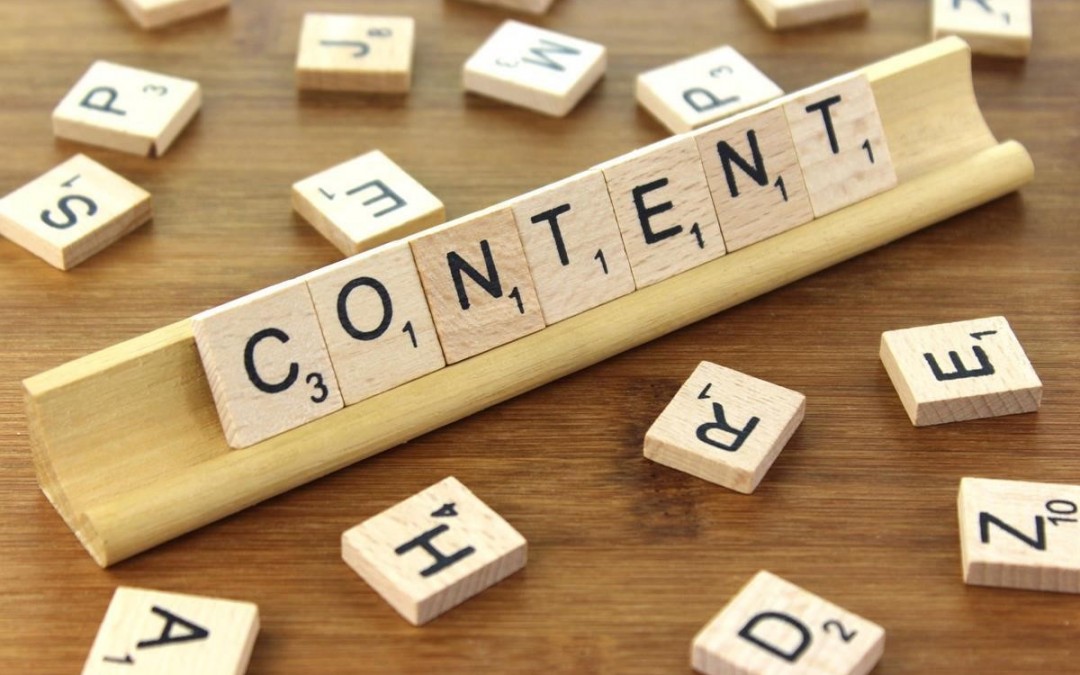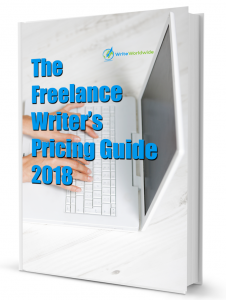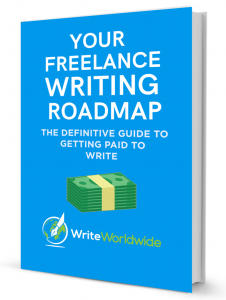Let me take a wild guess: you want to impress your client, add value for your readers and charge more, right?
But first off, do you have any idea why you’re reading this article right now? Do you know the “secret sauce” of epic content?
Here’s the thing: one of the most crucial elements of great content is addressing a specific need. Look at the articles you read here or on other sites. You read them and love them for a reason. Their headline addresses a challenge that you are currently facing or the information they offer came along at exactly the right time.
In both cases, the article is aligned with a specific goal.
Let’s say you’ve landed a writing gig.
Do you ask a few questions, find a topic, and start writing your first draft immediately?
Or do you go deeper to understand your client’s business – their goals, their services, their audience – and find a topic with purpose before you start typing?
Obviously, you must do the latter because you want to build a win-win relationship. By getting involved you position yourself as an expert, deliver epic content and give your client a great experience and help them achieve their marketing goals.
Now you’re thinking .. “that sounds great… but how do I do it?”
Let me show you how.
Start with the basics
Publishing content is not enough: your client must have a marketing strategy in place. If your client doesn’t, your job is to advise them to create one before they hire you. Without a strategy, there is no point producing content. The client would be throwing words into the air and hoping some of them stick to potential customers. That won’t help their business and it won’t help you when they blame your work for the lack of results!
Let’s assume your client has done the groundwork.
Every content strategy contains five stages: plan, create, distribute, promote and analyze.
As a writer, your focus is on the first two stages (plan and create) and you need your client’s help to accomplish them.
Content marketing is supposed to achieve goals. Your client should have outlined their targets in their strategy and the article you’re about to write must address one or more of those goals. The five most common business goals are:
- Brand awareness
- Driving traffic
- Generating sales
- Lead nurturing
- Building an audience
Ask your client which one (or more, but not all) of the above goals they want to achieve through your work.
Plan
Planning is the most important step in creating epic content. It can be difficult the first few times, so let’s break it down into three easy parts: purpose, format and topic.
Purpose
What does your client want to achieve through your content? Do they want to inform, educate, amuse, guide, inspire, motivate, outrage, reassure or convert? Do they want to educate their audience or turn traffic into leads? Are they aiming to gain subscribers or raise capital?
Every piece of content must have a purpose.
For example, this article’s purpose is to educate you, the reader, about aligning your content with your client’s marketing and business goals. But it has a second purpose, too: it’s also designed to be an evergreen resource for future reference.
Though, it may be challenging to figure out what your client wants (especially when most clients don’t know what they want), you must work with them to focus on purpose. Remember, one article cannot achieve ALL the goals outlined above: your client will have to choose or lose the benefits of publishing purpose-driven content.
Format
Content marketing covers a wide range of formats. You must help your client select the format their audience enjoys consuming.
For instance, a B2B SaaS writer spends most of their time crafting white papers, case studies and long-form educational guides because those formats work best in the SaaS content industry. A product description writer, on the other hand, specializes in short-form, brutally concise promotional content where normal sentence syntax is not always required.
Your client usually decides what format they want. But what if they have no idea? What if they ask you which formats work best?
The easy answer is that the “right” format depends on their customer persona (we’ll get to this a little later).
What type of content do their customers prefer? Do they enjoy reading blog posts or watching videos? Do they like short, humorous articles, educational webinars or long, detailed guides? Do they want downloadables or streaming content?
If your client is clueless, you can figure out what will (probably) work by looking at their competitors who are crushing it. What formats are they using? Go from there.
Also, if you can get in touch with your client’s support and sales teams (or the client can do it for you), they may be able to help with insight into their most effective formats.
Topic
What subject will you cover? Some clients provide topics (and even titles), but what if yours doesn’t?
Finding topics can be hard, especially in the long term. Research their existing content for popular subjects, keep a notepad handy for creative thoughts, use Google to find prompts, watch the competition to see what they’re doing, keep an eye on Twitter’s trending list… there are dozens of ways to generate original ideas!
Create
Now you must align your client’s marketing goals with your content to create epic work that differentiates your client’s brand from the rest. Your job is to produce focused content on topics your audience will love to read and share, and which will bring them back for more.
To achieve this, you must understand two critical things: buyer personas and buyer journeys.
Buyer Personas
Always remember that epic content solves a problem for your buyer persona.
According to Hubspot, buyer personas are “generalized representations of your ideal customers.”
Hubspot says that “Personas help us all – in marketing, sales, product, and services – internalize the ideal customer we’re trying to attract, and relate to our customers as real humans. Having a deep understanding of your buyer persona(s) is critical to driving content creation, product development, sales follow up, and really anything that relates to customer acquisition and retention.”
In other words, you can’t align your content with your client’s marketing goals without knowing who the customer is – who you are speaking to. Knowing your client’s buyer persona enables you to deliver your message how the persona likes it, so they engage with it and respond to your call to action.
But what if your client’s buyer persona is completely alien to you? How can you figure out what they want if they’re nothing like you?
Here are a few pointers, to get you started:
– Keyword research not only helps you find keywords to rank for, but can give you insight into your buyer persona’s interests and needs.
– Facebook groups are the new forums. Five years ago, your audience hung out in forums but they’re more active on social media today, and especially in Facebook groups. Join groups your buyer persona is likely to enjoy to research the questions they ask and the problems they face.
– Quora is a great place to get started. Sign up, choose topics to follow and start gathering questions you can cover in your content.
Buyer Journeys
Customers go through three stages on their buying journey. Some analysts expand that to five, but three are enough for us.
At the Awareness Stage, the customer realizes they have a problem.
At the Consideration Stage, they start looking for solutions.
At the Decision Stage, they choose a solution – ideally the one your client offers!
How can you figure out where your client’s buyer persona is on this journey?
As an example, let’s say your client is a marketing consultant. Their ideal customer (buyer persona) wants to know how to create a marketing strategy. The buyer journey will take that customer through the three stages like this:
Awareness stage: They realize they need a strategy to get results. For this stage, epic content could be about the reasons why they need a strategy, what building a strategy involves and similar basic information. You’ll show how complex the process is, to encourage the customer to find expert third parties (including your client, of course).
Consideration stage: The customer researches solutions. Your content must show how your client can do a better job than the buyer, thanks to (for example) their experience, expertise and access to professional resources. You might write a webinar script explaining the advantages of a professional strategy and hook the customer up with your client’s services during the session.
Decision stage: The customer chooses a solution. To encourage them to use your client’s service, you might produce a brochure, a free trial offer, a discount, a free consultation or a free Google Adwords Account analysis.
Wrapping it up
Being a great writer isn’t about landing big client gigs. It’s about delivering epic, purpose-driven content. When you align your content with your client’s marketing goals and business, all they have to do is put your work in front of the right audience and boom! Awesome results that make you their go-to freelancer.
So, have you aligned your writing with a goal before? How did it go? Is the client happy with the results?



